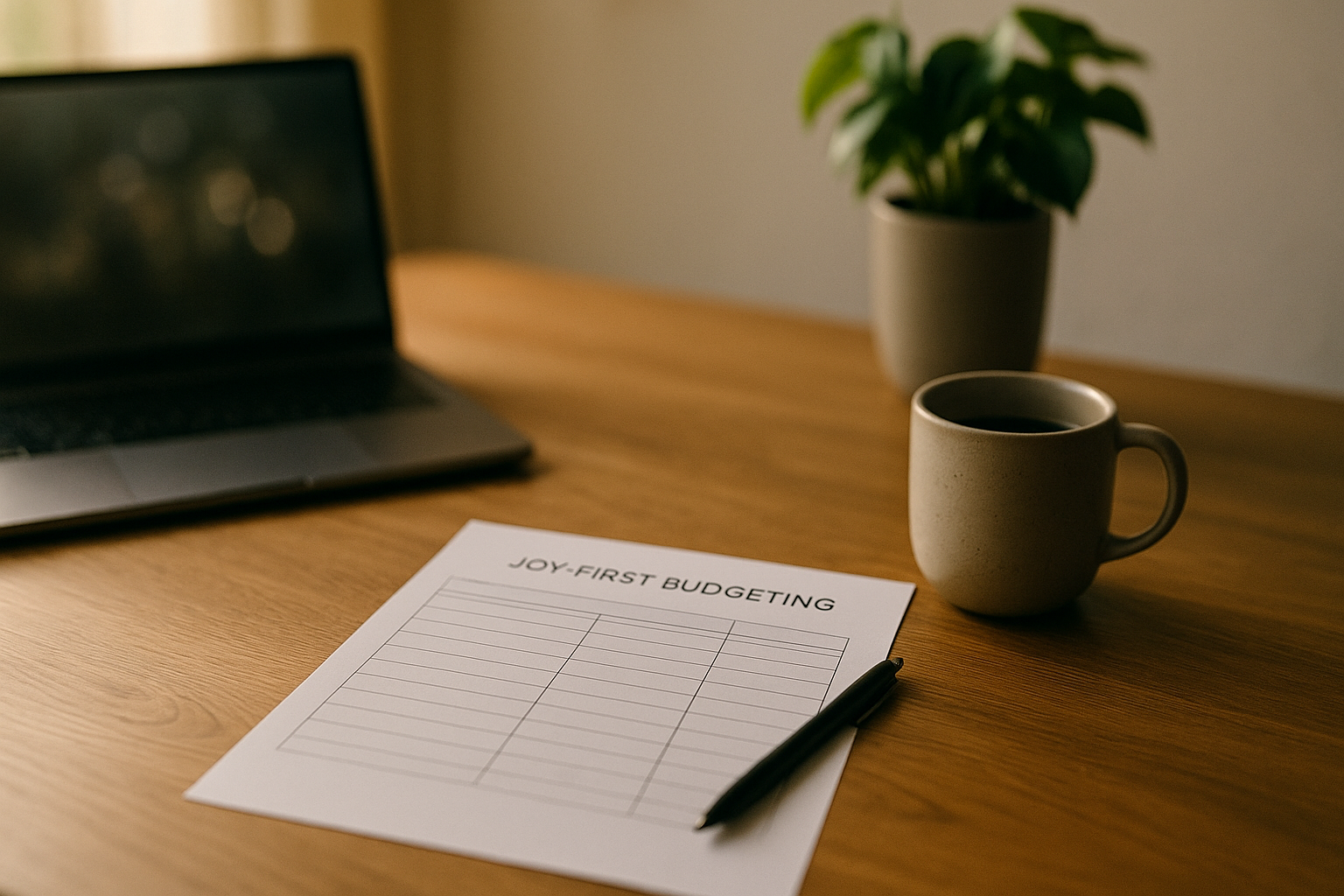Quick win: Set one automatic transfer the day after payday and watch your savings grow before you even notice the money is gone. This is the classic pay yourself first approach—a simple savings rule that removes willpower from the equation.
If you’ve tried to save “what’s left over,” you already know the punchline—nothing’s left. Paying yourself first flips the order: savings and goals get funded before everyday spending. With a few five-minute tweaks, you can automate savings so progress happens on autopilot.
What “Pay Yourself First” Really Means
The idea is straightforward: every time income lands, move money to goals first—emergency fund, retirement, sinking funds, or extra debt payoff—and only then spend the rest. It’s not about restriction; it’s about protecting your future before life gets noisy.
Step-by-Step: Automate It in 20 Minutes
1) Choose your “Big 3” savings targets (5 minutes)
- 1) Emergency fund: Aim for the first $1,000–$2,000, then 3–6 months of basics.
- 2) Near-term sinking funds: Car maintenance, travel, gifts, medical copays.
- 3) Long-term: Retirement or investing (workplace plan or IRA).
Write clear amounts and deadlines. Specific beats vague (“$300/month to travel fund” > “save more”).
2) Open the right “buckets” (5 minutes)
- High-yield savings account (HYSA): Park emergency fund and sinking funds here.
- Retirement account: Use your employer plan (especially if there’s a match) or an IRA.
- Bills vs. Spend accounts: Keep a separate checking account for autopay bills; use a second account/card for everyday spending. Labels reduce mistakes.
3) Schedule transfers the day after payday (5 minutes)
- Set recurring transfers from your income account to each bucket.
- Amount ideas: start with 10% total if you’re new, or try a fixed dollar target ($50–$150 per paycheck) and step it up quarterly.
- Irregular income? Use a waterfall: fund essentials → emergency fund → sinking funds → long-term; automate minimums and top up manually on high-income weeks.
4) Add gentle guardrails (5 minutes)
- Move bill due dates to right after payday so savings + bills are handled first.
- Leave a small checking buffer ($100–$300) to avoid overdrafts.
- Give “Joy” dollars a purpose (e.g., two coffees + one date night) so you don’t feel deprived.
How Much Should You Save?
Use a tiered approach so it’s sustainable:
- Starter: $25–$50 per paych






